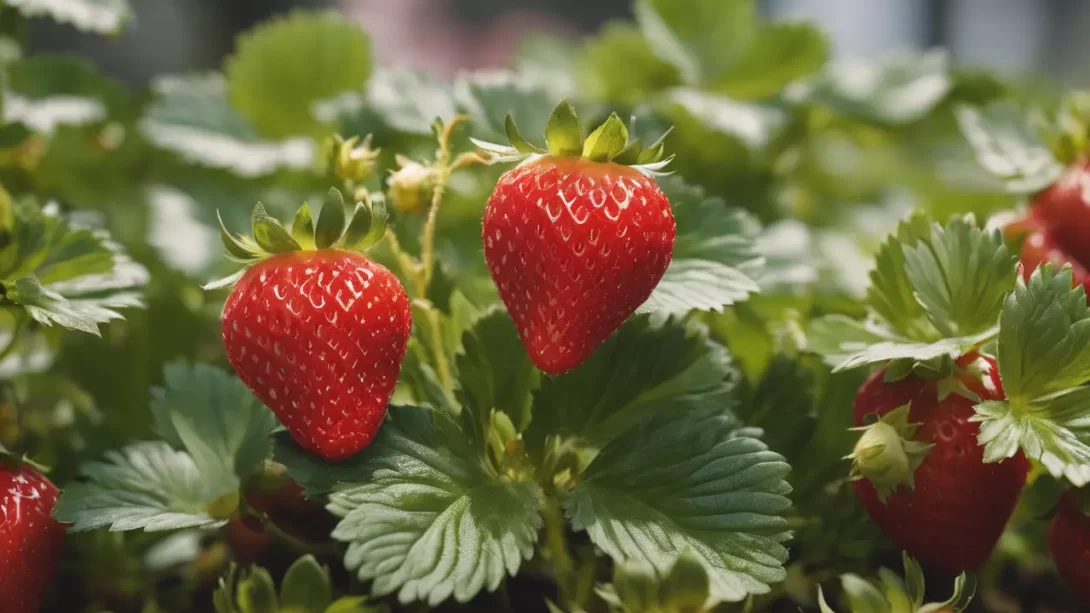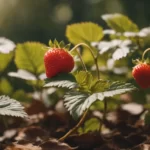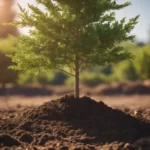Strawberries are a cherished delight in gardens and farms around the world, known for their sweet fruit and relatively easy cultivation. However, like all plants, strawberries have specific environmental needs, with temperature being a crucial factor for their growth and survival. Understanding the temperature thresholds that can affect strawberry plants is vital for gardeners and farmers alike to ensure a bountiful and healthy harvest.
Strawberry Plant Basics
Strawberry plants, belonging to the genus Fragaria, are perennial plants widely grown for their delicious red fruit. They typically flourish in temperate climates and have a distinct growing season which varies depending on the geographic location. The growth cycle of strawberries includes vegetative growth, flowering, fruiting, and in some climates, a period of dormancy. Knowing the growth habits and requirements of strawberry plants is essential for successful cultivation.
Ideal Growing Conditions for Strawberries
The optimal temperature range for strawberry growth generally falls between 60°F and 80°F (15°C to 27°C). In this range, strawberry plants can perform essential functions such as photosynthesis, flowering, and fruit development effectively. However, strawberries are not just temperature-dependent; they also require adequate sunlight, well-drained soil with rich organic matter, and consistent moisture to thrive. Understanding and maintaining these conditions is key to cultivating healthy strawberry plants and achieving a good yield.
Effects of Cold Temperatures on Strawberry Plants
Strawberry plants are sensitive to cold temperatures, especially when they are in their flowering and fruiting stages. Frost can cause significant damage to the blossoms, leading to reduced fruit production or even complete crop loss. Generally, temperatures at or below 28°F (-2°C) can be fatal to strawberry flowers, while the plants themselves can tolerate slightly colder temperatures. It’s crucial for growers to be aware of their local frost dates and take necessary precautions to protect their strawberry plants from cold damage.
Protecting Strawberry Plants from Cold
To safeguard strawberry plants against frost and freezing temperatures, growers can employ various protective measures. Mulching is one of the most effective methods; applying a layer of straw or similar organic material can help insulate the plants and maintain a more consistent soil temperature. In addition to mulching, covering the plants with frost blankets or floating row covers can provide additional protection during particularly cold nights. For commercial growers, techniques such as overhead irrigation or wind machines can be used to protect large fields of strawberries from frost damage.
Effects of High Temperatures on Strawberry Plants
While cold temperatures pose a significant threat to strawberries, high temperatures can also be detrimental. Prolonged exposure to temperatures above 85°F (29°C) can stress strawberry plants, leading to poor fruit development, reduced fruit size, and diminished flavor. High heat can also accelerate ripening, which might sound beneficial but can actually result in fruit that is less sweet and has a shorter shelf life. In extreme cases, sustained high temperatures can cause plant wilting, leaf scorch, and even plant death.
Managing Strawberry Plants in High Temperatures
Managing strawberry plants during periods of high heat involves ensuring adequate hydration and possibly providing shade. Regular, deep watering is crucial to help the plants cope with the stress of high temperatures. Mulching can also assist in retaining soil moisture and keeping the root zone cooler. In areas with intense summer heat, temporary shading using shade cloths can be beneficial, especially during the hottest part of the day. For commercial farms, using drip irrigation systems can be an efficient way to maintain optimal soil moisture levels while conserving water.
Long-Term Temperature Changes and Strawberry Plants
The impact of climate change and long-term temperature shifts is an emerging concern in strawberry cultivation. Fluctuating temperatures, unseasonal warm spells, and increased frequency of extreme weather events can disrupt the growth cycle of strawberry plants. For instance, unseasonal warm temperatures during winter can lead to early flowering, which increases the risk of frost damage. Gardeners and farmers must adapt to these changes to ensure the continued success of their strawberry crops. This might involve adjusting planting dates, selecting heat-tolerant or cold-hardy varieties, and implementing more flexible cultivation strategies.
Adaptive Measures for Changing Climates
In response to changing climate conditions, cultivators may need to explore new strawberry varieties that are bred for resilience against temperature extremes. Advances in agricultural technologies, such as controlled-environment agriculture (CEA), offer additional options for managing growing conditions. Techniques like hydroponics and greenhouse cultivation can provide more stable environments for strawberry growth, mitigating the risks associated with outdoor temperature fluctuations.
Conclusion
Understanding the temperature thresholds critical to the survival and health of strawberry plants is key for anyone looking to grow these popular fruits. Both cold and hot temperature extremes pose challenges, but with proper management and protective measures, these can be mitigated. As climate conditions continue to evolve, adaptability and innovation in cultivation practices will be essential. By carefully managing temperature conditions, gardeners and farmers can ensure the health and productivity of their strawberry plants, securing the sweet rewards of their labor.



